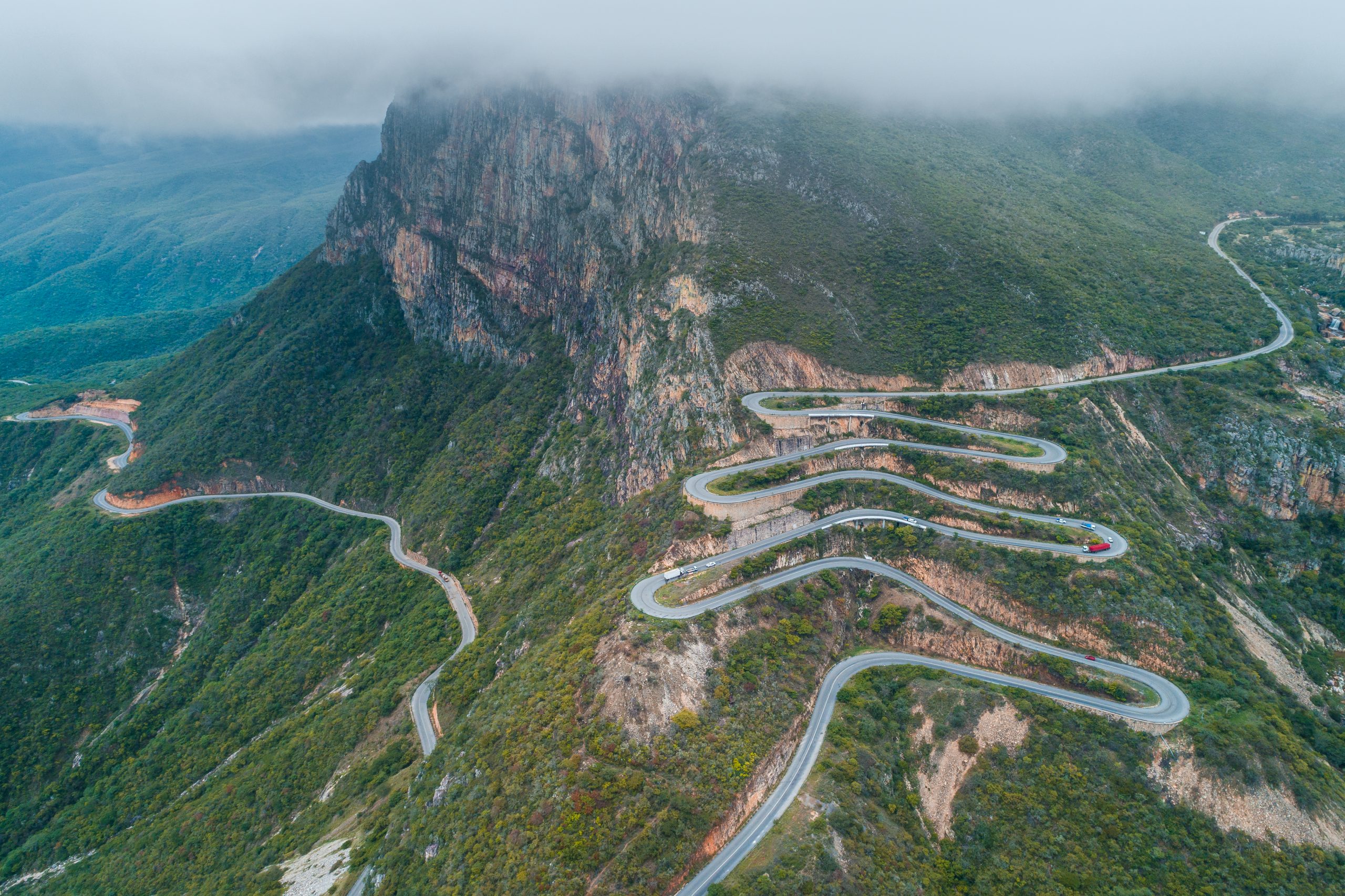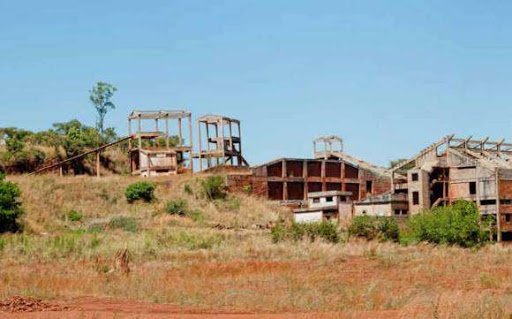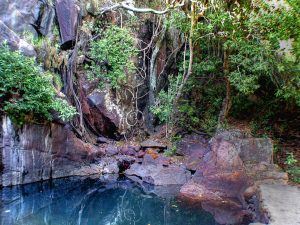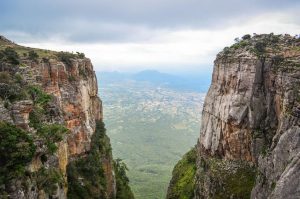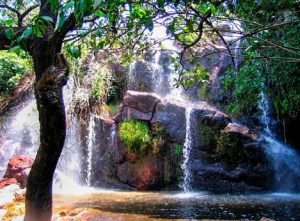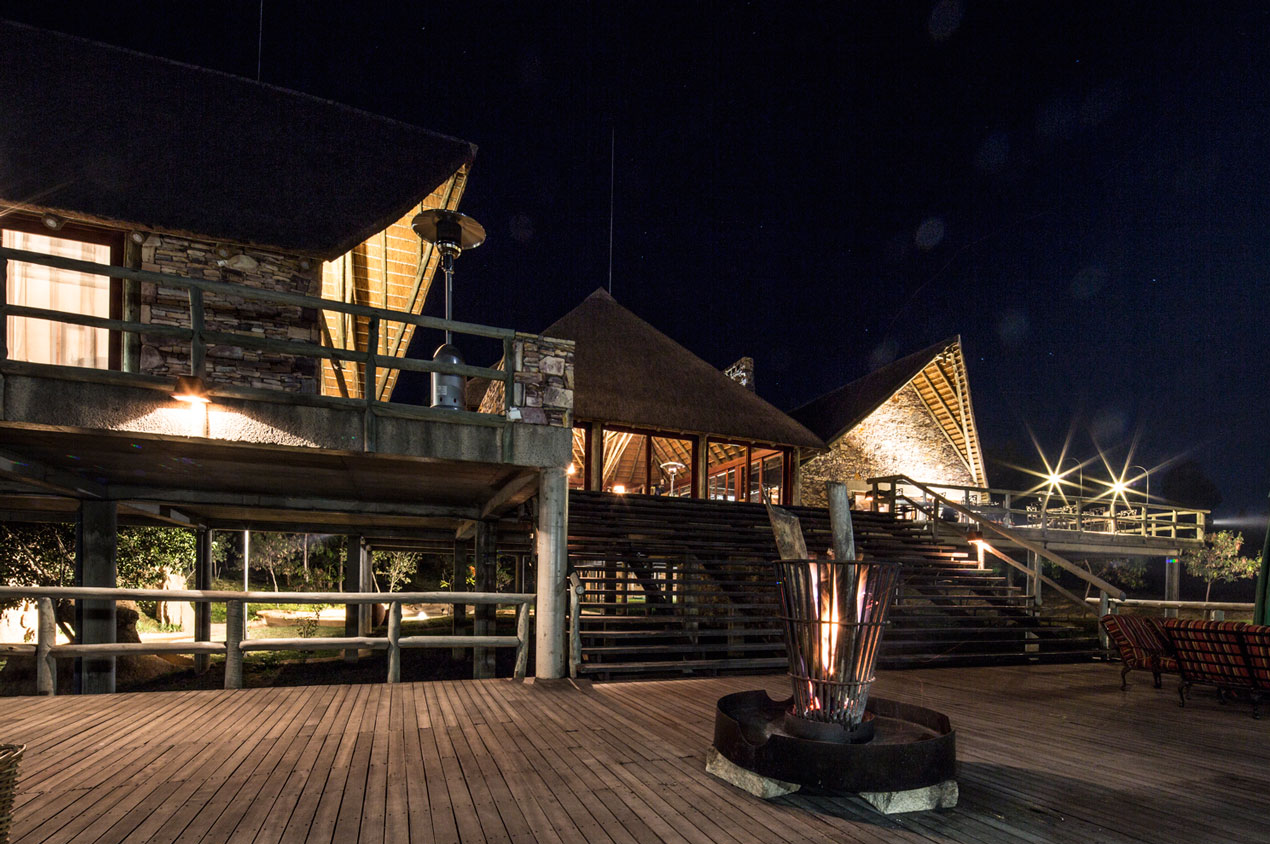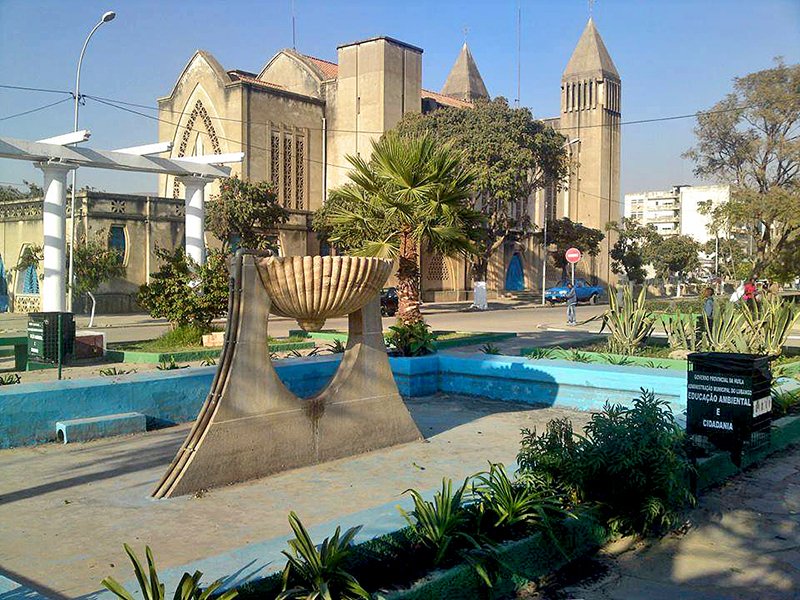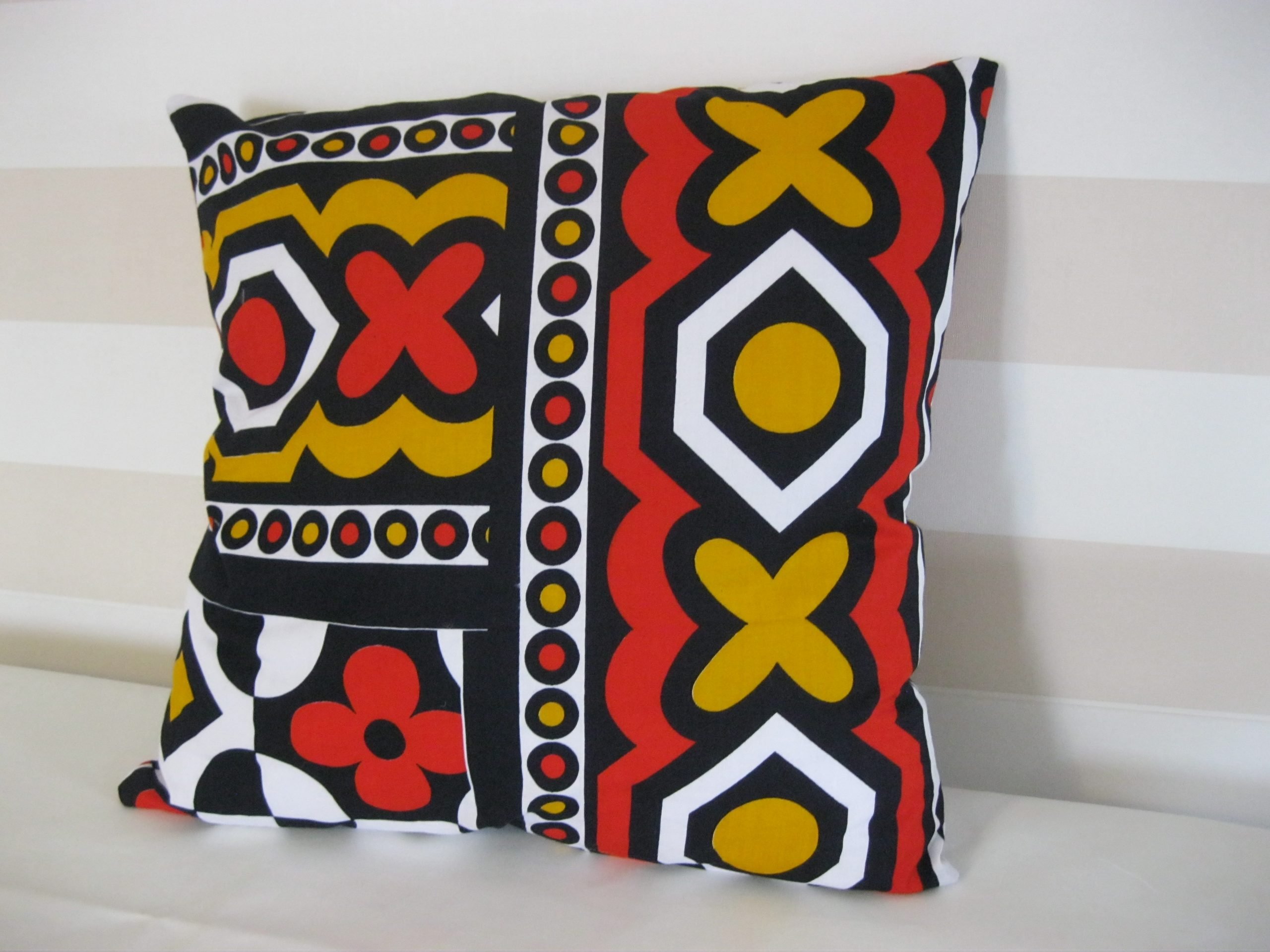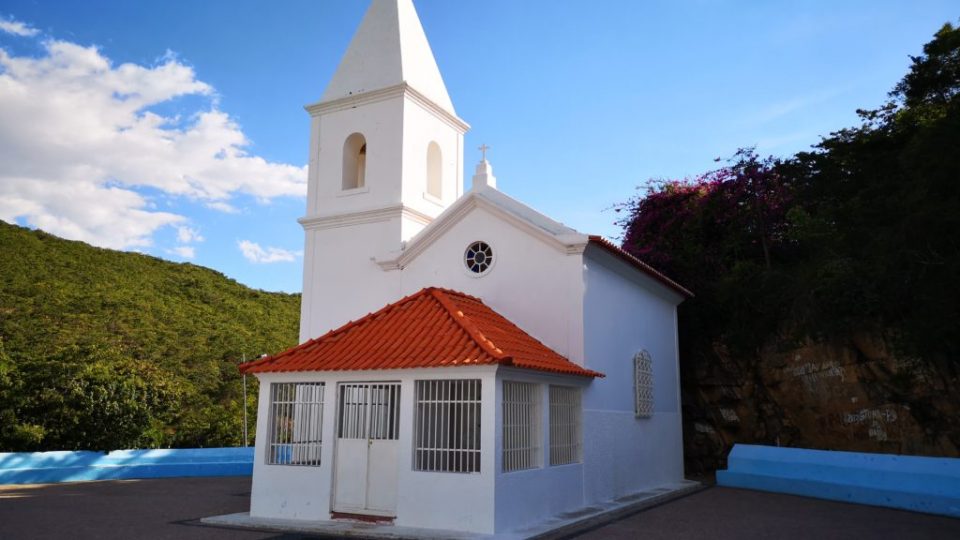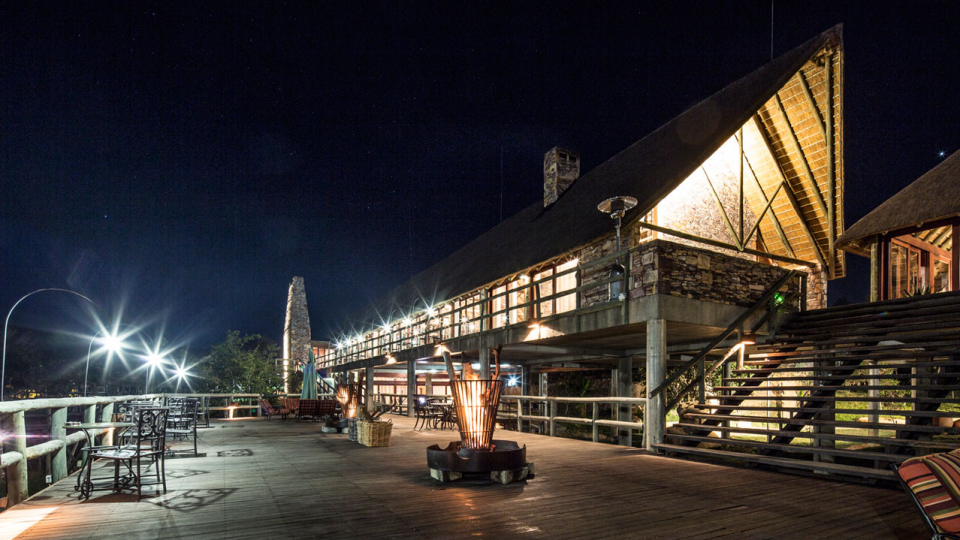History
The province of Huíla is one of the most beautiful provinces in Angola, known for the magnificent view of the Serra da Leba, the mountainous plateau that separates Huíla from the province of Namibe. Located in southern Angola, the province (once colonized by European forces) is inhabited by more than 2 million people.
During the War of Liberation until the early days of the country's independence and subsequent Civil War, the province was totally damaged, and the war seemed to have no end. The story tells that the province would have been abandoned by the Portuguese, which led the province to decline, most of the battles that were fought during the war, took place in the mining complex Mina de Cassinga. The province was also the scene of several attacks that took place in the Southwest during the terrible South African attack turning Huila mostly into a refugee camp.
- Cassinga mine
In 1885, Huíla was colonized by the Madeirans who founded the capital of Huíla (Lubango), formerly called Sá da Bandeira, which was elevated to a city in 1923. Agriculture was the first objective of Sá da Bandeira, with wheat being the higher production. However, cattle quickly became the region's greatest wealth. The ox is still a symbol of wealth today. When transport became mechanical and roads became good access routes, commerce and industry quickly established themselves.
Since 1999, the private industrial sector has grown, with the emergence of new units for the transformation of granite (ornamental rocks), a factory for zinc artefacts, mattresses and wood processing. The agricultural situation in Huíla province is characterized by an emerging private sector that tends to restore the production levels of agricultural units, and a traditional sector, which mainly produces subsistence products.
- Huila waterfall
- Morro do Lubango
- Huila waterfall
Geography and Demographics
- Total Area - 79 022 km²
- Population - 2,819,253
- Temperature – 20°C
- Climate - Tropical Semiarid
- 13 Municipalities
- Official language – Portuguese
- Traditional language – Nyaneka-Humbi, Ngangela and Umbundu
- Majority Population: Nyaneka, Nkhwnbi, Umbundo, Nganguela, Tchokwe and Herera
The province of Huíla borders on the west with the provinces of Namibe and Benguela, on the north with Benguela and Huambo, on the east with Bié and Kuando Kubango; the southernmost part of the province is bordered by the province of Cunene; and is divided into 13 municipalities:
- Lubango
- caconda
- Caluquemb
- Chicago
- chibia
- Chicomba
- chipindo
- humpath
- Jamba (Mineira)
- Kuvango
- Matala
- Quilengues
- Kipungo
How to get
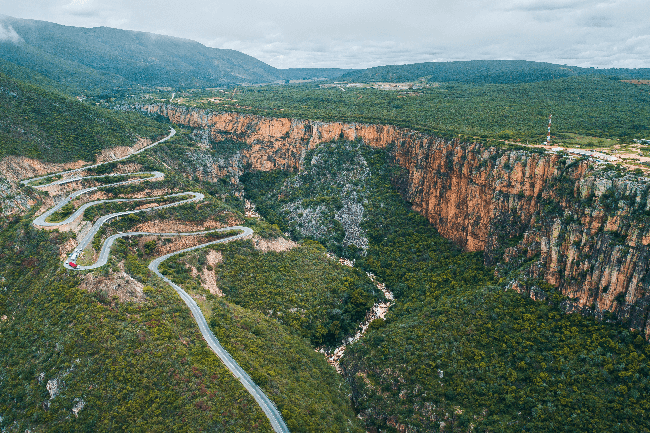
Hits
The province of Huíla is connected to the rest of the country through a road network, it also has a railway line that connects the province to Namibe and Kuando Kubango and air connections that connect it to Luanda, Benguela and Namibia. Therefore, you can reach Lubango via the neighboring provinces mentioned, by plane or by bus.
By Plane
Air connections with the rest of the country are made through Mucanca Airport, located next to the exit to the south of the city of Lubango. There are also unpaved runways at Jamba, Caconda, Caluquembe and a paved runway at Matala, which allows the operation of medium and large aircraft. If you choose to arrive by plane, the TAAG and the Fly Angola there are daily flights that can take you to Huíla.
By Bus
Access by road is through the provinces of Namibe, Huambo, Benguela, and Cunene. If you choose to travel by bus, the Macon Transport is our most renowned inter-provincial bus service company and, in addition to being able to take you to the provinces you want on domestic trips, it also has the Luanda-Windhoek route. Enjoy and enjoy the wonderfully unmistakable beauty of Angola.
Where to stay
- Pululukwa Resort
The province of Huíla has the best short and long term accommodation, from resorts, lodges, hotels, guesthouses, tourist villages, etc. When you arrive, you will see the Pululukwa Resort which is located in Mapunda, Lubango, the Casper Lodge, the Hotel Serra da Chela, among others. See our section of Accommodation where you will find the best options for accommodation in Huíla and beyond. You also have the option of making your reservation through Hotels Angola or, if you prefer a more acculturated stay filled with local experiences, we invite you to visit the national version of Air Bnb, Boa Estadia.
shipping options
For the purposes of transport in the province of Huíla, Welcome to Angola suggests the options that suit all budgets:
Rent-a-car services: Europarl; Hertz Rent a Car;
Taxi service similar to Ubber: Taxi Lubango; Kubinga;
Public transportation: Optionally, you can also explore the option of the blue and white taxis (square) that circulate around the city. It should be noted that, when using these cars without knowing the city, you should carefully seek help from the driver (collector), the driver or someone who is sitting next to you. The Angolan people are very welcoming and always ready to help.
What to eat
In the search to taste the best typical dishes with flavors from the land, if you come from far away, we recommend that you visit the following places:
- Tundavala Restaurant
- Le Chalet
- Medara Restaurant
- Olímpia Restaurant & Sport Bar
- Pululukwa Restaurant
For more suggestions visit the Suggestion Partner website. Restaurants
What to do
- Church of Lubango
Positioned on the central plateau (Huíla), you have several options of magnificent places to visit. You can visit the stunning Serra da Leba whose paved road leaves from Lubango to Namibe, following the mountain with the peculiar shape of a snake, the historic geological formation Fenda da Tundavala, the tourist reference point Cristo Rei, the Morro do Lubango with an extraordinary landscape, the Cascátas da Huíla, or the Nossa Senhora do Monte Park.
Also visit:
- The Caves and Ondimba Lake
- Former Government Palace, built in 1887
- Huíla Mission Church, built in 1880
- Old Town Hall, built between 1900 and 1915
- Former Railway Station, built between 1905 and 1923
- The Boca da Humpata Viewpoint
What to bring in the suitcase
For the province of Huíla, it is recommended that you always wear cacimbo clothes due to temperature variations, as it is very cold in that province. Bring with you summer clothes, sunscreen too, for occasional situations of a lot of sun and heat in the city.
As it is a country that still lives a lot from the informal economy, we advise you to always have cash (on hand), this will make it easier for you when you want to shop.
If you are an international visitor, you should have your up-to-date vaccination card with you which is required right at the airport.
Tips for managing your expectations
The province of Huíla is very calm, naturally you can witness situations in which from 8 pm the streets of the city of Cristo Rei are clear and deserted, due to the Huilanos' custom of retreating to their rooms at that time. Therefore, you are advised not to walk the streets alone, out of time, so as not to run the risk of running into some militiamen.
It is not a primary requirement of Huilanos to greet people you come across along the way, but as a matter of courtesy, we recommend that you greet people whenever you can.
what to take home
- Samacaca cloth fabric: Image of Pillow Heaven.
In representation and appreciation of the culture of Huíla, buy a few meters of the famous Samacaca fabric (African cloth with the colors of our flag), take it to the tailor to make a dress, a shirt, or any desired garment.
There are also handmade accessories, with a variety of items that visitors to the province must take: briefcases, handicraft products to give a wonderful highlight to your home, shoes, hats, etc.
Come and discover one of the most beautiful cities in Angola, containing in fact the most enchanting landscapes in Angola.
Check all the extraordinary moments that you will experience during your tourist visit!

